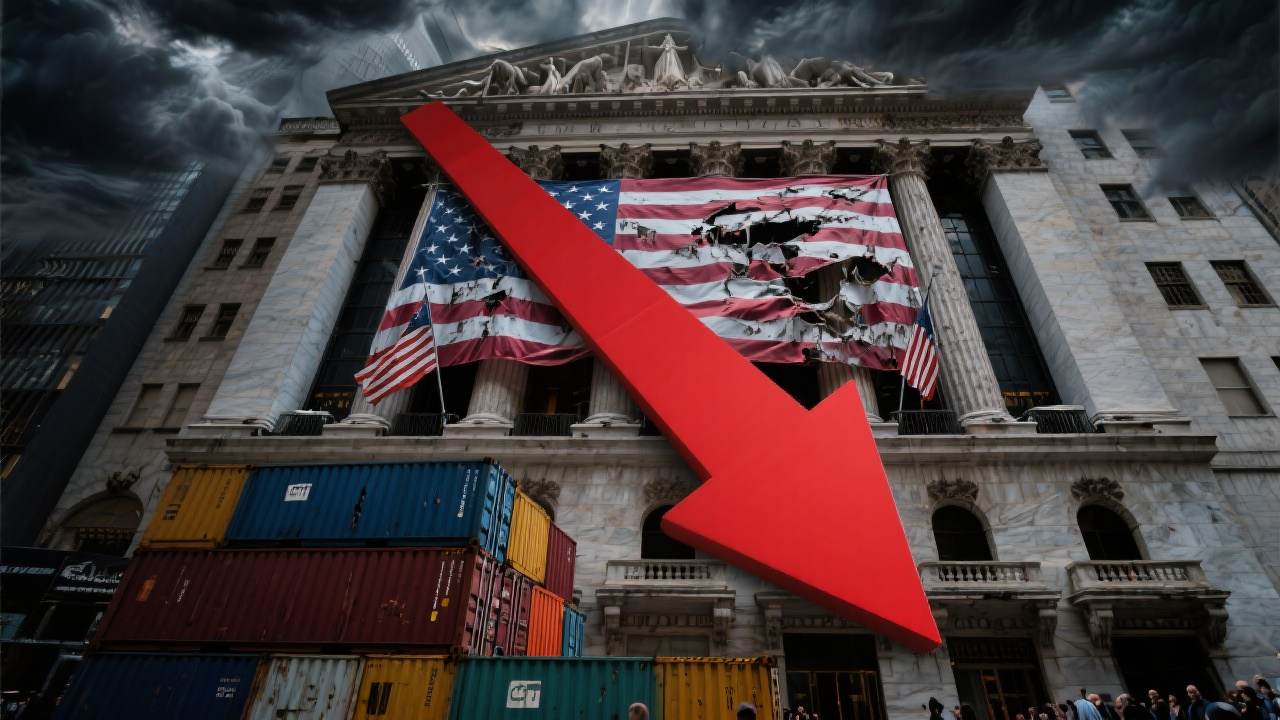
A Jobs Report That Changed the Mood
Friday morning on Wall Street felt less like a routine market open and more like a collective exhale of anxiety.
The latest jobs report landed with a thud: just 73,000 new jobs in July, a number that would have seemed unthinkable just a few months ago. But the real gut punch came from the revisions. May and June’s job creation numbers were slashed by a combined 258,000, erasing what little optimism had been left in the labor market narrative. The unemployment rate ticked up to 4.2 percent, and the sense of momentum that had carried the economy through the spring evaporated in a matter of minutes.
The details were even more sobering. Healthcare and social assistance accounted for nearly all the job growth, while federal government employment continued its steady decline. Other sectors like manufacturing, construction, and retail barely budged. The labor market, once the backbone of America’s post-pandemic recovery, now looked fragile and exposed.
A Market in Retreat
The market’s reaction was swift and unsparing. The Dow Jones dropped over 500 points at the open, the S&P 500 and Nasdaq followed suit, and Amazon’s stock tumbled nearly 7 percent after a disappointing earnings forecast. Investors, who had spent months betting on resilience, suddenly found themselves staring at a new reality: the US economy is not as sturdy as it seemed, and the road ahead is littered with uncertainty.
Kathleen Brooks, research director at XTB, put it bluntly: “Tariffs have yet to meaningfully kick in, so the fact that jobs growth has been anemic at this early stage is worrying. As we start a new month and end the week, a new narrative about the US economy is emerging. It is one where the labor market is rapidly softening, where wage growth remains strong, which could pressurize corporate margins down the line, and where the US economy needs interest rate cuts. For now, that narrative is bad news for global stocks.”
Tariffs: The Economic Sledgehammer
If the jobs report was the first blow, the second came from Washington. President Trump’s latest round of tariffs, announced late Thursday, landed with the force of a sledgehammer. The new measures target a wide array of imports, from Canadian goods to European wine and Indian textiles, with rates climbing as high as 35 percent for some countries. The average effective tariff rate in the US now stands at 18.4 percent, the highest since the 1930s.
The impact is already visible in consumer prices. Shoes and apparel are up nearly 40 percent in the short run, and food prices have jumped by more than 3 percent. The average American household is expected to lose $2,400 in purchasing power this year alone, a figure that hits low-income families the hardest. The tariffs are, in effect, a regressive tax—one that lands with particular force on those least able to absorb it.
The Global Domino Effect
The tariffs are not just a domestic story. Canada’s economy is projected to shrink by over 2 percent in the long run, and China’s by 0.2 percent. Even as US manufacturing ekes out a modest gain, those advances are more than offset by declines in construction, agriculture, and mining. The global economy, already jittery from years of trade wars and pandemic aftershocks, is now bracing for another round of uncertainty.
The Fed’s Dilemma: To Cut or Not to Cut
With the labor market faltering and tariffs pushing up prices, the Federal Reserve finds itself in a familiar bind. Calls for an interest rate cut are growing louder, with President Trump himself taking to social media to demand immediate action. But the Fed, still haunted by memories of premature rate cuts after the pandemic, is wary of moving too quickly. The risk of stoking inflation remains, even as the threat of recession looms larger by the day.
James Knightley, chief international economist at ING, summed up the mood: “It is impossible to deny that the July jobs report is weak… but the most striking thing is the huge 258k downward revision to the past two months of data. This puts a completely different light on what has been happening in the US economy post the 2 April ‘Liberation Day’ announcements.”
A New Economic Narrative
What’s emerging is a story of an economy at a crossroads. The old certainties—steady job growth, resilient consumer spending, a stock market that always bounces back—are being replaced by a new set of questions. How much damage will the tariffs do before their effects are fully felt? Can the Fed thread the needle between inflation and recession? And what happens to the millions of Americans whose jobs, paychecks, and futures are suddenly in doubt?
There’s no easy answer. But one thing is clear: the era of easy optimism is over. The next chapter will be written in the language of caution, adaptation, and, for many, hard choices.
